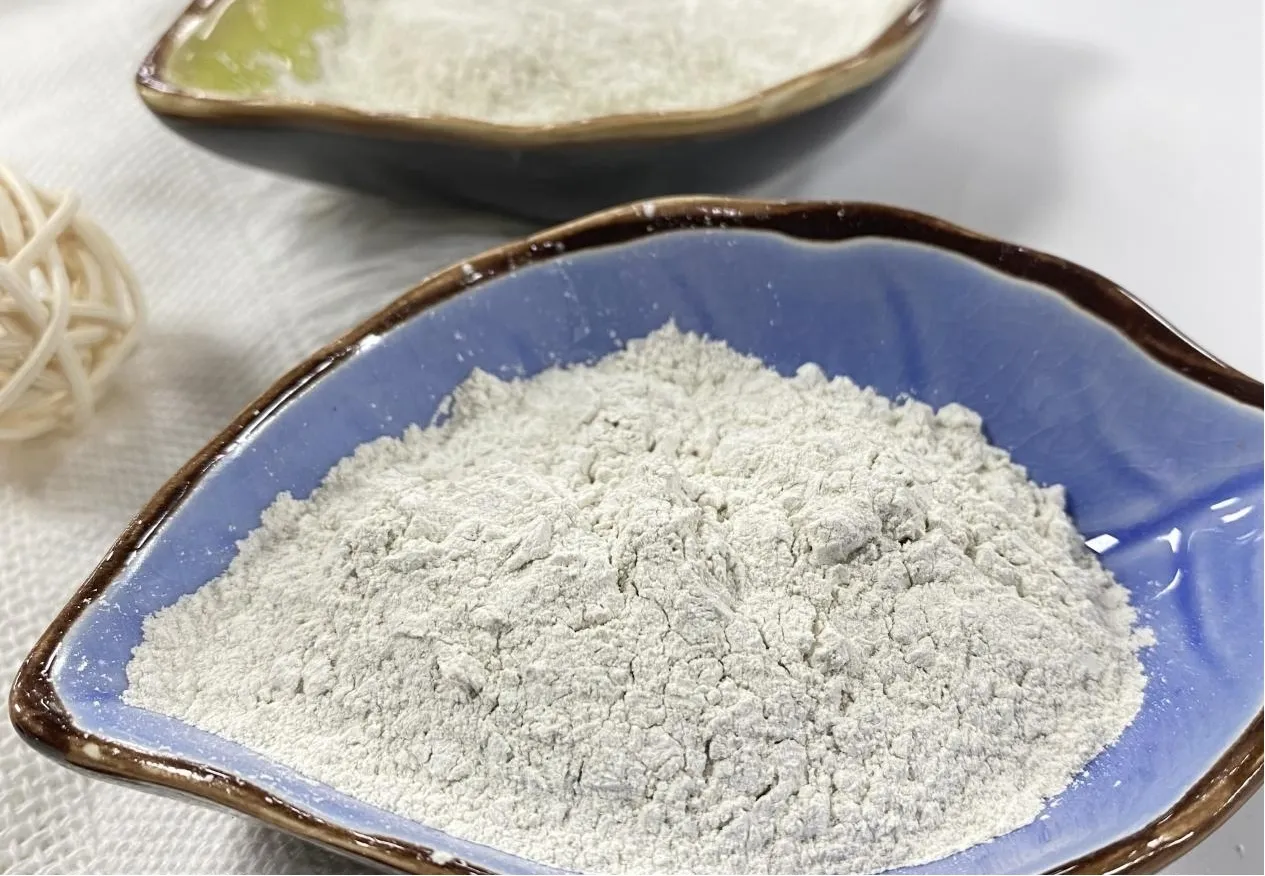
Optimizing Setting Time in Construction: The Role of Gypsum Retarders
Controlling setting time in construction materials is essential for achieving smooth, consistent application and minimizing material waste. In gypsum-based products, this control is achieved using gypsum retarder additives. These chemical compounds delay the setting of plaster or drywall compounds, allowing for longer working time. This article explores how retarders in gypsum products work, which are the most commonly used types, and how these retarders compare across different product ranges including extra time plaster retarder Screwfix and USG gypsum plaster retarder.

The Role of Retarders in Gypsum Products
Gypsum, or calcium sulfate dihydrate, is widely used in construction in the form of plasters, wallboards, and joint compounds. When calcined to become hemihydrate (plaster of Paris), it sets rapidly upon mixing with water. However, in real-world applications, a fast set is not always desirable. That’s where retarders in gypsum products come into play.
Gypsum retarder chemicals are added to slow down the crystallization process of calcium sulfate, which delays the setting time and provides a larger window for application. This is especially useful in hot climates or during large-scale plastering work where workers need extra time to achieve a smooth finish.
You may wonder, gypsum is accelerator or retarder? The answer is nuanced. In cement systems, gypsum is typically used as an accelerator for setting. However, in its own applications—like gypsum plaster or wallboard—it requires retarders to control the otherwise fast setting process.

Common Types of Gypsum Plaster Retarders and Their Applications
Among the range of retarders, several types are considered industry standards. The most common retarder in gypsum is citric acid or its derivatives. These compounds are effective at low dosages and offer excellent control over setting time without compromising the final strength of the material.
In the retail market, extra time plaster retarder Screwfix is a known consumer-grade product used by DIY enthusiasts and professionals alike. It is ideal for small-to-medium applications where more working time is needed. Simply mixed into the plaster before application, it offers flexibility without altering the plaster’s finish.
On the industrial side, brands like USG gypsum plaster retarder provide commercial-grade retarders formulated for consistent results across large projects. These retarders are used in premixed products or sold separately for use in on-site formulations.
Whether you're using gypsum plaster retarder for interior wall coatings or specialty moldings, the goal remains the same: extend workability, prevent premature setting, and improve surface quality. These benefits reduce material waste and enhance craftsmanship.
✅ Frequently Asked Questions (FAQs)
Gypsum Retarders: Practical Questions Answered
Q1: What is the most common retarder in gypsum?
The most common retarder in gypsum is citric acid. It’s effective, easy to dose, and does not significantly impact the mechanical properties of the set plaster.
Q2: Is gypsum an accelerator or a retarder?
Gypsum is accelerator or retarder depending on its form and application. In cement, gypsum acts as an accelerator. In gypsum products, additional retarders are required to slow its rapid setting time.
Q3: How does extra time plaster retarder from Screwfix work?
Extra time plaster retarder Screwfix is a consumer-friendly additive that delays plaster setting by up to 60 minutes. It allows more working time for finishing and adjustments, especially useful for DIY projects.
Q4: When should you use a gypsum plaster retarder?
A gypsum plaster retarder should be used when you need more time to apply or smooth the plaster, particularly in warm environments or large surfaces.
Q5: What makes USG gypsum plaster retarder different?
USG gypsum plaster retarder is formulated for professional use. It offers consistent, reliable delay in setting time across large batches, ideal for commercial projects and prefabricated materials.
-
Hydroxypropyl Starch as a Sustainable Construction AdditiveNewsNov.24,2025
-
The Gelation Properties of CMCNewsNov.21,2025
-
Redispersible Latex Powder and Water Retention CapacityNewsNov.21,2025
-
Dosage Control for Polycarboxylate Water ReducerNewsNov.21,2025
-
Film-Forming Properties of Polyvinyl AlcoholNewsNov.21,2025
-
The Function of Gypsum Additives in MortarNewsNov.21,2025





















